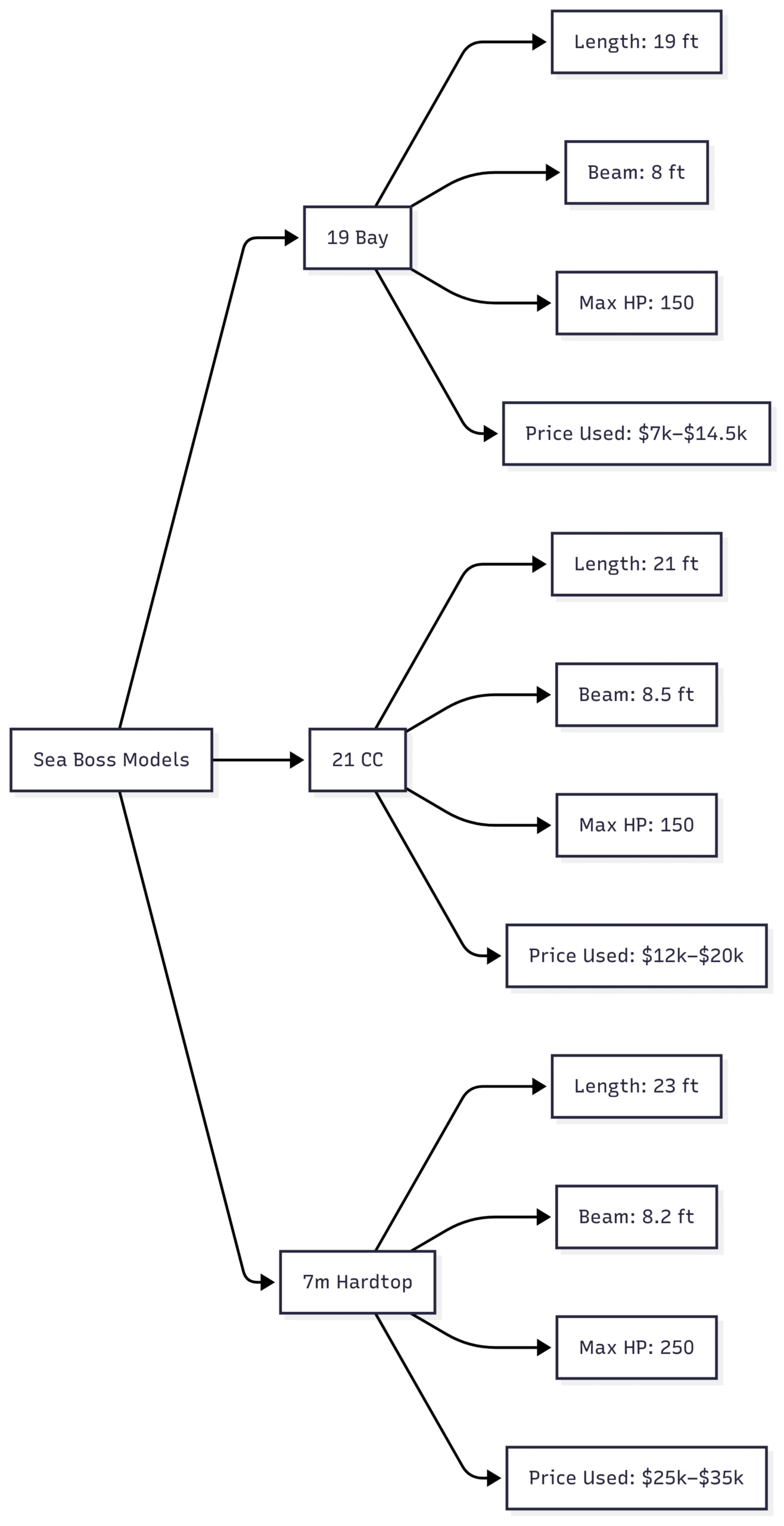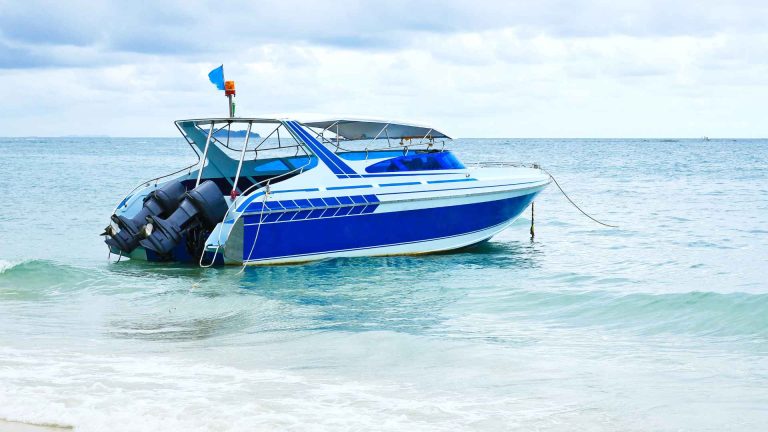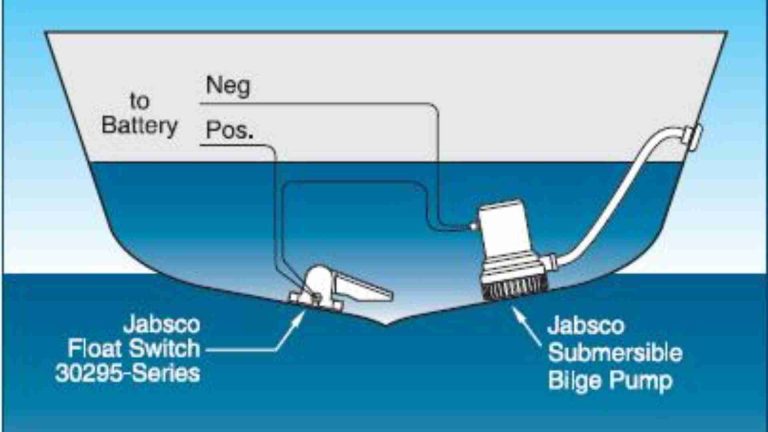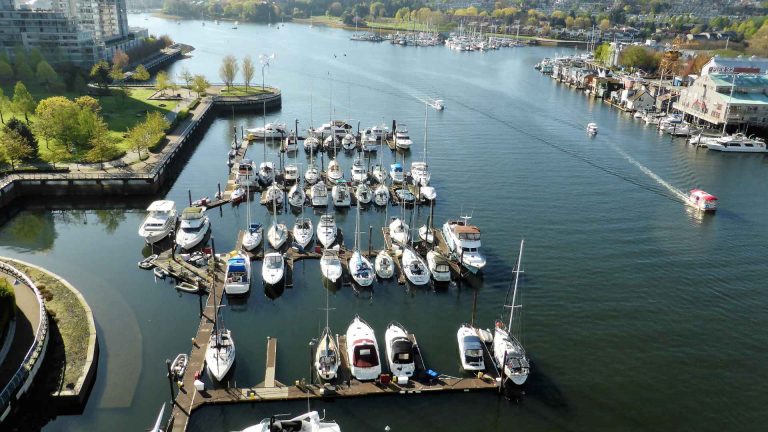Any opinions on Sea Boss Boats?
Discover Sea Boss boats’ pros, cons, specs, and owner insights. Ideal for fishing and recreation, are they worth the investment?
Sea Boss boats have carved a niche in the recreational and fishing boat market, offering a blend of affordability, solid construction, and practical design. Known for their seaworthiness and spacious layouts, these boats appeal to anglers and leisure boaters alike. However, like any brand, they come with strengths and weaknesses. This article dives deep into Sea Boss boats, exploring their history, design, performance, owner experiences, specifications, pricing, and potential drawbacks to help you decide if they’re the right choice for your boating needs.
The Origins of Sea Boss Boats
Sea Boss boats emerged as a sub-brand of Sea Pro, a well-regarded manufacturer based in South Carolina. In the late 1990s and early 2000s, Sea Pro rebranded its older hull designs as Sea Boss to capture the entry-level market while maintaining the premium Sea Pro line. Both brands were later acquired by Brunswick Corporation, a major player in the marine industry. Sea Boss boats leveraged Sea Pro’s proven hull molds, such as those from the 1996–2003 Sea Pro SV2100, offering a cost-effective alternative without significant compromises in structural integrity.
The Sea Boss line targeted budget-conscious buyers seeking reliable boats for fishing, coastal cruising, and recreational use. While production of Sea Boss boats has reportedly ceased in some markets, their legacy endures through used models and a loyal owner base. In regions like New Zealand, Sea Boss boats, particularly the 7-meter hardtop models, remain available through select dealers like Thompson Marine.
Design and Build Quality
Hull Design and Seaworthiness
Sea Boss boats are praised for their robust hulls, inherited from Sea Pro’s proven designs. Owners consistently highlight their ability to handle diverse sea conditions, from choppy coastal waters to calm bays. The hulls, often described as “beamy” (wide relative to length), provide exceptional stability and cockpit space. For example, the 7-meter Sea Boss hardtop boasts a beam of 2.5 meters, narrower than some competitors like the Extreme (2.8 meters), but optimized for a spacious fishing area.
The hulls are constructed using fiberglass with a focus on durability. Owners report minimal stress cracks even on older models, such as a 1997 SV2100 that retained its gelcoat integrity despite heavy use. However, some models, particularly those from the early 2000s, have faced criticism for pounding in choppy seas due to a less aggressive V-hull design. This trade-off prioritizes stability over a knife-like ride, which may not suit offshore enthusiasts in rough conditions.
Cockpit and Layout
The spacious cockpit is a standout feature, making Sea Boss boats ideal for fishing and group outings. Owners appreciate the uncluttered deck space, which accommodates multiple anglers or recreational gear. Models like the 21-foot center console (CC) and 19-foot bay boat offer ample room for rod holders, coolers, and seating. The T-top, often included in packages, is described as solid, with integrated electronics boxes enhancing functionality.
However, some design elements have drawn criticism. The factory cooler seat, found on models like the 21 Bay, is often deemed too low for practical use. Owners suggest replacing it with a leaning post for better ergonomics. Additionally, the high sides on larger models, such as the 7-meter hardtop, can feel restrictive at the bow, though step-down areas mitigate this issue.
Fit and Finish
Fit and finish are where Sea Boss boats show their entry-level roots. While the hulls are robust, some owners report minor issues with gelcoat quality, such as discoloration or small patches from factory repairs. For instance, one owner noted round spots on a Sea Pro hull (shared with Sea Boss) that appeared within a year due to excessive catalyst use in repairs. Others, however, praise the gelcoat’s gloss and lack of stress cracks, even after years of use.
Hardware, such as hinges and fittings, generally performs well, with minimal rust reported on newer models like the 2004 21 CC. However, older models have faced recalls, notably for freshwater thru-hull fittings that rusted in saltwater, posing a sinking risk. This issue, documented in a 2005 U.S. Coast Guard recall, underscores the importance of inspecting used Sea Boss boats for updated components.
Performance and Handling
Sea Boss boats are designed for versatility, performing well in coastal and bay environments. Owners report cruising speeds of around 29 mph in 2-foot seas for models like the 21 CC with a 150-hp engine. The 19-foot models, often paired with 115-hp engines, achieve speeds up to 40 mph at wide-open throttle (WOT), sufficient for most recreational needs.
The beamy hulls contribute to a dry ride in reasonable conditions, though some owners note a wet ride in heavy chop due to the hull’s design. The boats handle well for their class, with stable tracking and minimal bow rise during acceleration. However, those seeking high-performance offshore capabilities may find the hulls less responsive compared to premium brands like Grady-White or Regulator.
Engine Options
Sea Boss boats are typically paired with outboard engines from Mercury, Yamaha, Johnson, or Suzuki, ranging from 90 to 150 hp depending on the model. Common configurations include:
- 19-foot models: 115-hp Johnson or Yamaha 4-stroke, with a maximum rating of 150 hp.
- 21-foot models: 150-hp Mercury or Yamaha, often carbureted in older models.
- 7-meter models: 200–250-hp engines, such as Suzuki 4-strokes, for enhanced offshore performance.
Owners advise opting for the maximum horsepower if planning to tow skiers or venture offshore, as the 115-hp engines can feel underpowered in demanding conditions. Older Johnson engines, like the 90-hp Saltwater Series, are reliable but consume significant fuel and oil, with parts becoming harder to source. Repowering with modern 4-strokes, such as a Suzuki 115–150 hp, is a common recommendation for long-term ownership.
Owner Experiences: Pros and Cons
Owner feedback, gathered from forums like The Hull Truth and Fishing.net.nz, provides valuable insights into Sea Boss boats’ real-world performance. Below is a summary of key pros and cons based on user reviews.
Pros
- Value for Money: Sea Boss boats offer a compelling package for the price, with models like the 2004 21 CC retailing around $25,000, including GPS, VHF, compass, and T-top.
- Solid Hull Construction: The shared Sea Pro hulls are durable, with many owners reporting no structural issues after decades of use.
- Spacious Cockpit: Ideal for fishing and group activities, with ample deck space and storage.
- Customization Options: Buyers can tailor fit-outs, such as adding electronics or seating configurations.
- Reliable Performance: Suitable for coastal fishing and recreational use, with stable handling in moderate seas.
Cons
- Fit and Finish Issues: Minor gelcoat imperfections, low-quality cooler seats, and occasional hardware problems.
- Warranty Concerns: Some owners faced difficulties with warranty claims, particularly after Brunswick’s acquisition.
- Entry-Level Perception: Compared to premium brands, Sea Boss lacks the prestige and resale value of boats like Parker or Boston Whaler.
- Motor Maintenance: Older engines, especially Johnson 2-strokes, may require frequent maintenance and hard-to-find parts.
- Recall History: Issues like the 2005 thru-hull fitting recall highlight the need for thorough inspections.
Notable Owner Stories
- Positive Experience: A 2005 Sea Boss 1900 CC owner praised its flawless condition after a year, with no rust or gelcoat issues, reinforcing its value for coastal fishing.
- Negative Experience: A 2006 255 CC owner reported severe structural issues, including deck-hull separation and cracking, leading to a factory pickup. Another owner lemon-lawed a 2006 model due to leaks and gelcoat cracks.
- Mixed Feedback: A 2006 19 Bay buyer noted a good deal at $7,000 but expressed concerns about the aging Johnson engine’s maintenance costs, highlighting the trade-offs of buying used.
Specifications and Pricing
Below is a table summarizing key specifications and approximate pricing for popular Sea Boss models, based on historical data and owner-reported purchases.
| Model | Length | Beam | Weight | Max HP | Price (New, Approx.) | Used Price (Approx.) |
|---|---|---|---|---|---|---|
| 19 Bay | 19 ft | 8 ft | 1,700 lbs | 150 hp | $20,000 (2005) | $7,000–$14,500 (2005–2006) |
| 21 CC | 21 ft | 8.5 ft | 2,100 lbs | 150 hp | $25,000 (2004) | $12,000–$20,000 (2004–2007) |
| 7m Hardtop (620HT) | 23 ft | 8.2 ft | ~3,000 lbs | 250 hp | $40,000–$50,000 (2004) | $25,000–$35,000 (2004) |
Notes:
- New prices reflect packages with standard electronics and trailers.
- Used prices vary based on condition, engine type, and market demand.
- The 7-meter hardtop, popular in New Zealand, often includes premium features like low-back designs and upgraded electronics.
Chart: Sea Boss Model Comparison
Below is a chart comparing the key features of the 19 Bay, 21 CC, and 7m Hardtop models.

Comparing Sea Boss to Competitors
Sea Boss boats compete in the entry-level to mid-tier market, facing brands like Key West, Sea Hunt, and Maycraft. Here’s how they stack up:
- Key West: Offers similar quality with a slightly higher price ($2,000 more for a 19-footer). Known for better resale value and a shallower V-hull, which may not suit offshore use.
- Sea Hunt: Popular for modern designs but criticized for underwhelming fit and finish at boat shows. Priced similarly to Sea Pro, above Sea Boss.
- Maycraft: A strong alternative with comparable pricing and robust construction, though less widespread.
- Premium Brands (Grady-White, Regulator): Significantly more expensive with superior fit, finish, and offshore performance, but out of reach for budget buyers.
Sea Boss’s primary advantage is its value proposition, delivering a solid hull and essential features at a lower cost. However, its entry-level status and occasional quality issues may deter buyers seeking long-term investments.
Buying Considerations
New vs. Used
New Sea Boss boats are scarce, as production has reportedly slowed or stopped in many markets. Used models, however, are widely available, with prices reflecting condition and engine type. For example, a 2005 19-foot dual console with a 115-hp Yamaha 4-stroke sold for $14,500, while a 2006 19 Bay with a 90-hp Johnson fetched $7,000.
Inspection Tips
- Hull and Gelcoat: Check for stress cracks, discoloration, or repair patches. Ensure thru-hull fittings are saltwater-rated.
- Engine: Verify maintenance records and test under load. Older Johnson 2-strokes may require repowering due to part scarcity.
- Structural Integrity: Inspect for deck-hull bonding issues, especially on models from 2006–2008.
- Sea Trial: Mandatory to assess ride, handling, and engine performance. As one owner advised, “No sea trial, no deal.”
Warranty and Service
Post-Brunswick acquisition, warranty service received mixed reviews. Some owners faced delays or denials, while others found customer service satisfactory pre-acquisition. When buying used, verify the hull warranty (typically 7 years) and check for outstanding recalls.
Is a Sea Boss Boat Right for You?
Sea Boss boats are a compelling choice for budget-conscious boaters seeking a reliable, versatile vessel for fishing and recreation. Their solid hulls, spacious cockpits, and affordable pricing make them ideal for coastal and bay use. However, prospective buyers should weigh the following:
- Pros: Excellent value, durable hulls, and ample deck space.
- Cons: Entry-level fit and finish, potential warranty issues, and aging engine challenges.
- Best For: Anglers and leisure boaters prioritizing affordability and functionality over premium features.
If you’re considering a Sea Boss, thorough research and a sea trial are essential. Inspect the hull, engine, and components carefully, and compare with alternatives like Key West or Sea Hunt. For those willing to invest in maintenance or repowering, a used Sea Boss can deliver years of enjoyment at a fraction of the cost of premium brands.
Conclusion
Sea Boss boats offer a practical solution for boaters seeking quality without breaking the bank. Their Sea Pro-derived hulls ensure durability, while their spacious layouts cater to fishing and family outings. Despite minor fit and finish issues and a mixed warranty reputation, they remain a strong contender in the entry-level market. By understanding their strengths, limitations, and maintenance needs, you can make an informed decision about whether a Sea Boss boat aligns with your boating lifestyle.
Happy boating!
Share Any opinions on Sea Boss Boats? with your friends and leave a comment below with your thoughts.
Read Are Avalon Pontoon Boat Good & Reliable Enough to Own? until we meet in the next article.






